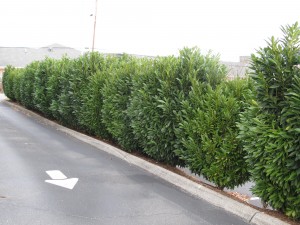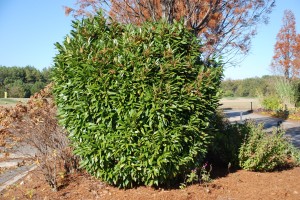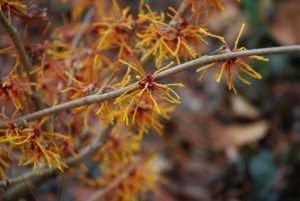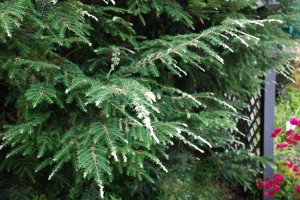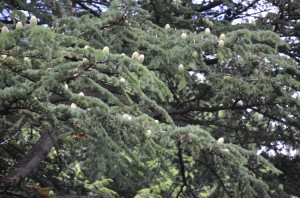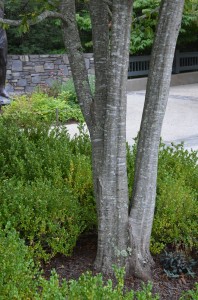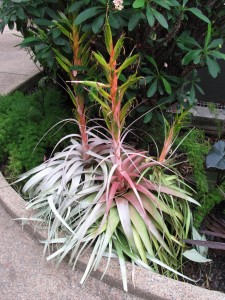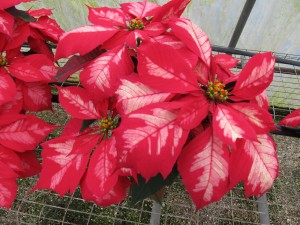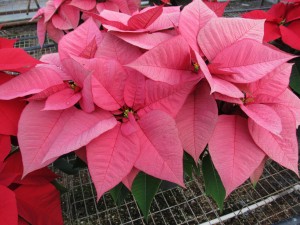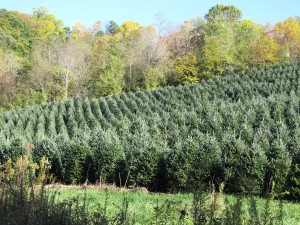Schipka laurel (Prunus laurocerasus ‘Schipkaensis’) is a dense growing evergreen shrub with lustrous evergreen foliage and clusters of small white flowers in the spring. It is rated as one of the cold hardiest of cherry laurels (USDA hardiness zone 6-8). In the garden center it is often labeled ‘skip laurel”.
Skip laurel grows 10 to 12 feet tall, and is often utilized as a medium 6 to 10 foot tall privacy screen or hedge through judicious pruning one to two times annually. It grows best in full sun to partial shade and in a moist well-drained soil. Good soil drainage and proper air movement are crucial to avoid outbreaks of potentially serious disease and pest problems.
The handsome evergreen leaves are 2 to 6 inches long and one-half that in width. Foliage is both salt tolerant and holds up to urban pollutants. Skip laurel is tolerant of alkaline soils, but leaf color is darker green in an acidic soil.
Large, upright clusters of small creamy white blossoms lay on 2 to 5 inch long racemes which originate off the leaf axils in late April into May. Many flowers are hidden amid the thick mass of foliage. Flowers often emit an over-powering odor. Small purplish black drupe fruits ripen in late summer and are quickly consumed by birds.
Cherry laurels are indigenous to southeastern Europe and southwestern Asia; schip laurel originates near the Shipka Pass in Bulgaria.

